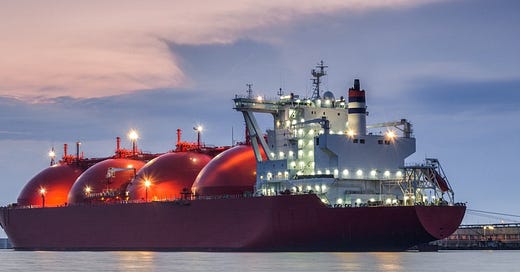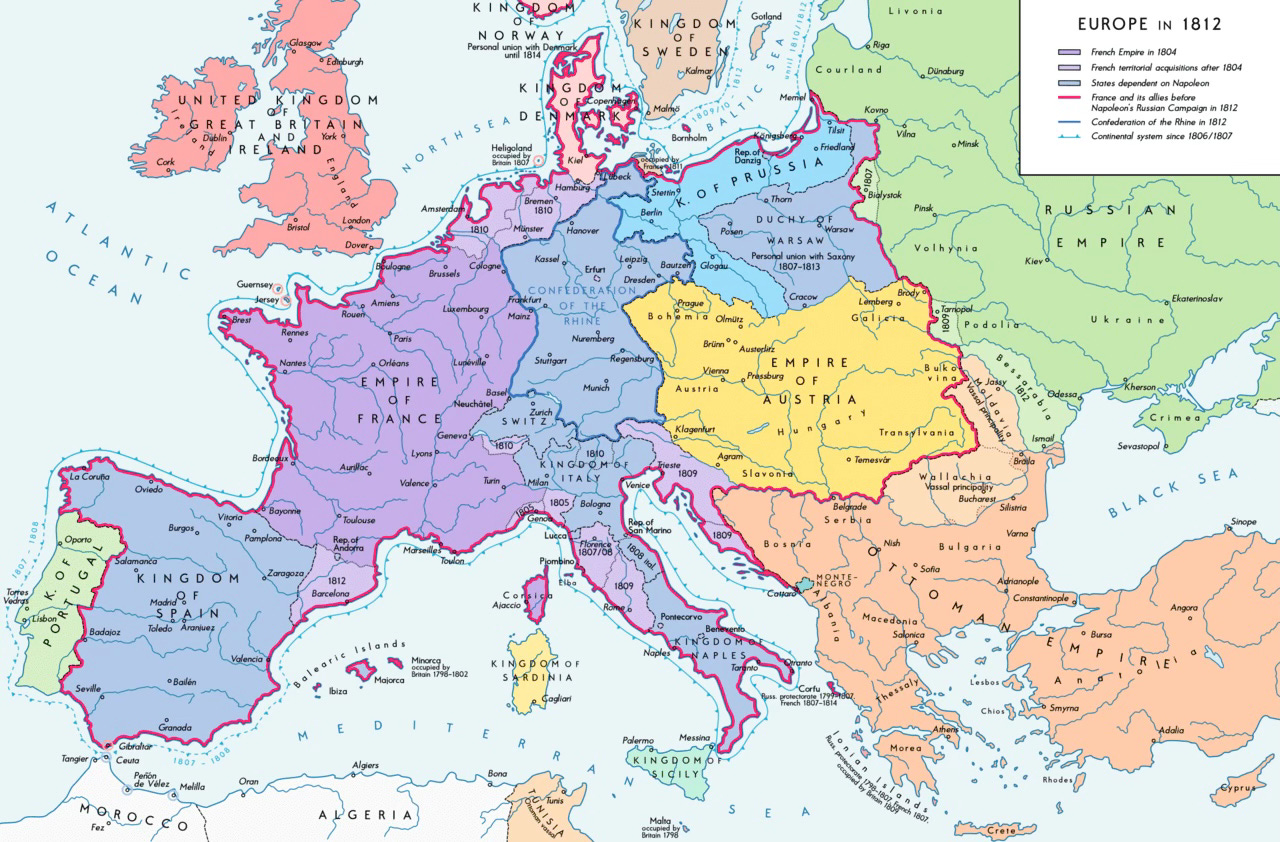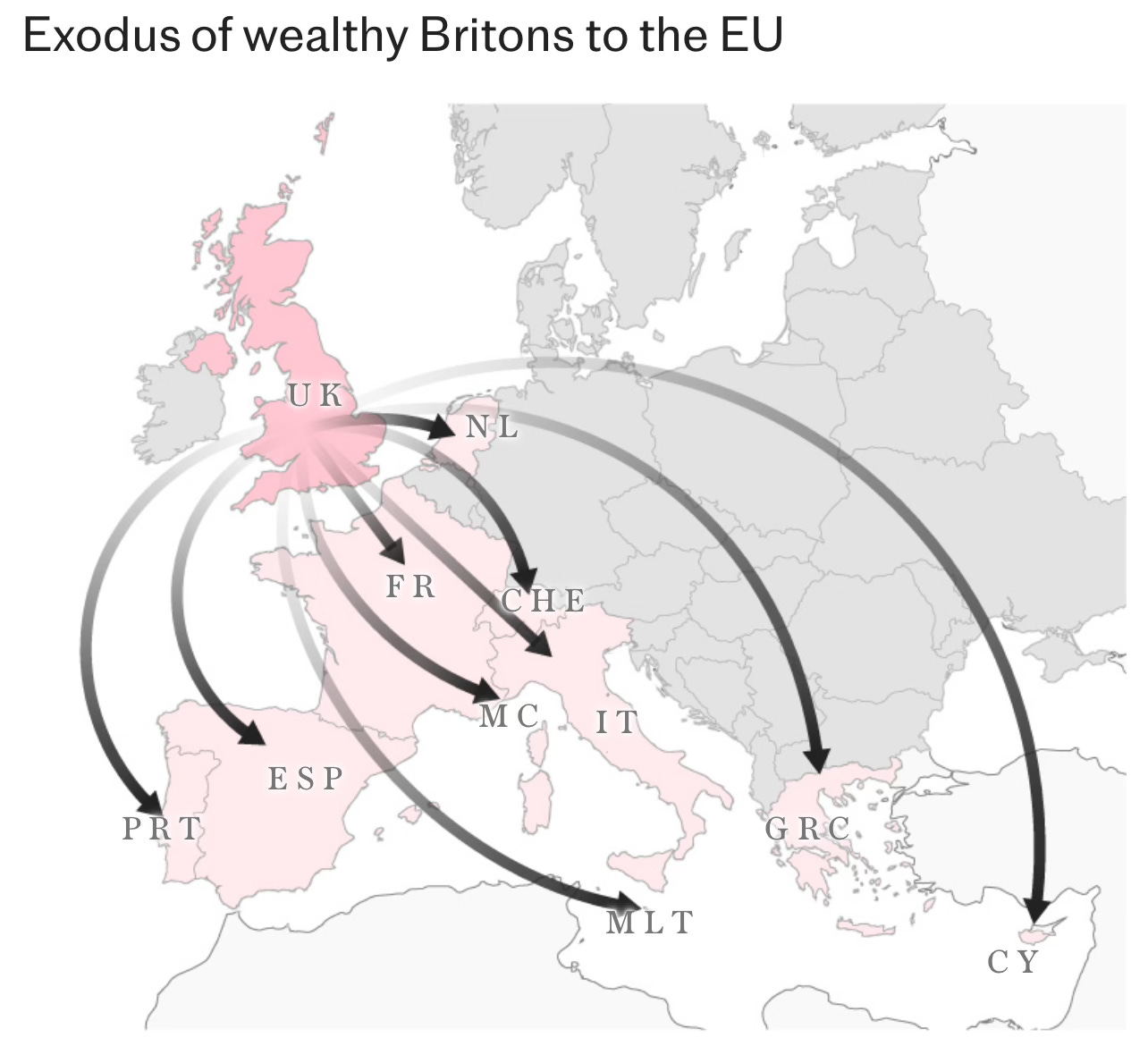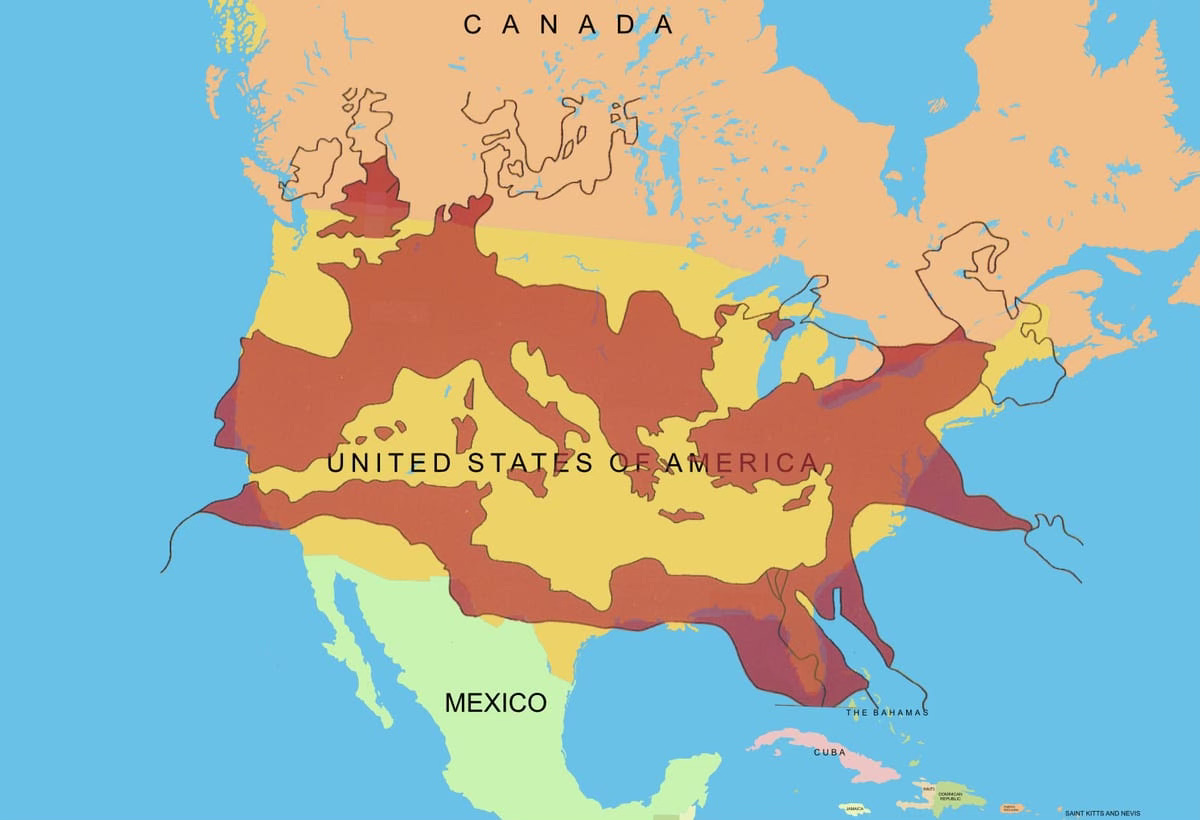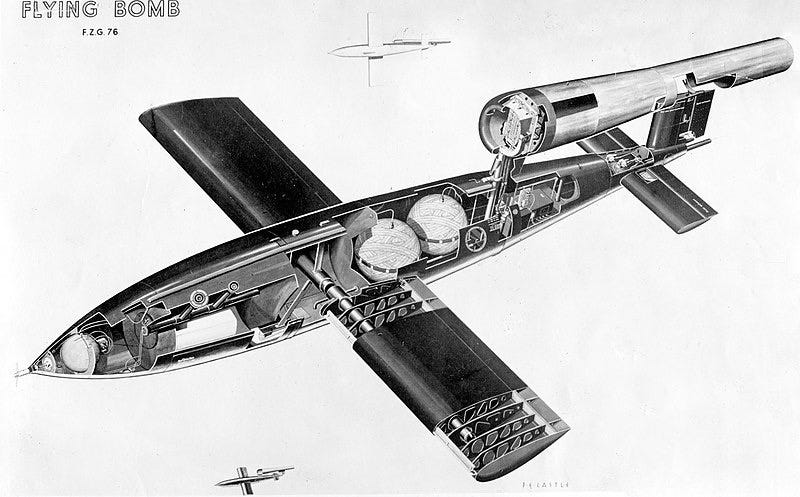LNG in Canada; Gold in China and India; Able Was I Ere I Saw Elba; and a Spitfire Pilot Against the V 1s.
October 28, 2024 Volume 5 # 20
LNG to Canada’s Pacific Coast
Liquified Natural Gas prices in Canada are about to lose their land-locked discount. When the pipeline oepns from Alberta to Prince, Rupert, British Columbia LNG Canada is going to need 1.9-billion cubic feet of natural gas every day. “Currently, this amount is being exported to the United States and is depressing local prices. Once it gets diverted to LNG Canada, prices are set to move higher,” said OilPrice.com this week. “Eventually, however, Canada could potentially supply 36.2 million tons of LNG per year by 2040, according to estimates by Wood Mackenzie. LNG Canada is scheduled to begin operations next year.”
The LNG will be used by countries such as China and India, replacing coal-fired electric plants. Natural gas pollutes much less than coal. It will also earn oodles of royalty cash for the governments of Alberta and Canada and indigenous groups which are on the route to the Pacific.
Gold Rush
Gold is up 35% this year. Many people put it down to Central Banks stocking up on gold. But not in 2024, says economist Hubert Marleau. “The Journal came out with a very revealing article a few days ago, saying that Chinese residents have rushed to get money out, using everything from crypto to fine art and perhaps gold to escape China’s strict capital controls.”
People in India buy a lot of gold in the form of jewelry. There are theoretical laws about how much gold jewelry an Indian citizen can own— Married women: 500 grams. Unmarried women: 250 grams. Men: 100 grams. The law is ignored.
Napoleon at His Peak
France and its so-called Allies, or vassal states, circled in red on this map just before the Emperor decided to invade Russia. In 1814 he was exiled to Elba, which created a wonderful palindrome: Able was I ere I saw Elba. Then came Waterloo and Napoleon’s defeat at the hands of Wellington and the Prussian von Blucher at Waterloo in June of 1815. Napoleon was attempting to escape to the United States when the British caught him and put him on HMS Bellerophon, and then transferred to HMS Northumberland and into exile on an isolated island in the South Atlantic.
The Middle of Nowhwere.
Saint Helena is the definiation of the Middle of Nowehre. It is located 1,950 kilometres west of Africa and 4,000 km east of Brazil. It is a volcanic island 16 km by 18km or 122 square kilometres, about the same size as Paris.
Here Napoleon lived out his life at Longwood House, which still flies the French flag.
Saint Helena was guarded by as many as 3,000 British troops, with a flotilla of Royal Navy Ships protecting the island from any rescue attempt. Napoleon died in 1821 and was buried in Saint Helena, though his remains ended in Paris.
Tax Panic in Britain
Headline writers, unfamiliar with Nancy Mitford’s 1955 essay on U (Upper) and Non-U words, write about the `Wealthy’ (Mirford, the left-leaning aristocrat preferred the more direct word, Rich) leaving Britain becuase of Labour’s anticiapted taxes. A piece in the Daily Telegraph, a paper that is anti Labour, writes one rich man says the tax changes will cost him more than a hundred million pounds. The big change is that people living in Britain will have to pay tax on their worldwide income, that’s the stuff they might have hidden somewhere, not just on the money they bring into Britain.
Will those European countries be any safer? France taxes net worth, not just income.
Battleships: Once the Greatest Things Afloat
And length isn’t everything. The Japanese Yamato was the most powerful battleship ever built with giant 18 inch guns, compared to the (still impressive) 16 inch guns of the Iowa class, and armour up to 26 inches thick. American planes, some launching torpedos, sunk the Yamato showing aircraft carriers trumped battleships.
The Bismarck sunk the Hood; the Rodney and the King George V sunk the Bismarck.
How big Was the Roman Empire?
Essay of the Week
This is another chapter from my book on Bill Marshall. The last chapter was about how he ran away from home. This chapter jumps ahead to when Bill was flying Spitfires late in the war, by which time he was a veteran pilot fighting a new Nazi weapon: the Doodlebug
THE DRAGON SLAYER
The dragon spewed fire from its tail as it left its cave in western Holland. Doodlebugs they called them in England, or buzz bombs because of the noise they made until they stopped breathing fire from their tails and dropped death from their mouths.
The first buzz bomb passed over the coast of England somewhere in Kent at about four in the morning on June 13, 1944, a week after D-Day and the invasion of Normandy. Two veterans of the Great War, working as observers, were sitting 30 miles from those beaches, on the English side of Channel in their sandbag shelter listening for aircraft. What they heard was something that sounded like a motorcycle engine.
They looked up in the clear night sky and saw a flame. They had been warned Hitler had secret weapons, and they phoned in a report. There was nothing to be done. When the engine stopped on a buzz bomb it fell to earth, carrying with it a warhead of 1,870 pounds of high explosive, enough to flatten a row of houses and kill everyone on a street.
Neighbourhoods in southern London were devastated. Croydon was one of the worst, since it was on the flight path the V1’s took to the London. There were reports that as many as nine V1’s could be seen in the sky at one time flying over Croydon.
During that summer 142 V1’s landed in Croydon, destroying at least a thousand houses. In all of London 2,340 V1’s hit the city, killing 5,475 and injuring 16,000. It could have been worse. Of the 6,725 buzz bombs sent to Britain, about 3,500 were shot down, most of them by fighter planes.
The V1 was the first cruise missile. It was an aerodynamic tube with short wings, tail fin and an engine mounted in the rear above the tail fins. It was simple enough and ran on ordinary petrol. Inside was a gyroscope which was set before launching, aiming the missile in the general direction of London. It didn’t have the pinpoint accuracy of the modern cruise missile, but it was close enough.
The V1 was a terror weapon, since no one knew where it would hit. Once its motor stopped running though, people on the ground knew it was coming down. About half landed in London, but others came down in towns and villages in the countryside.
They may have been hateful, but the design was clever and they were deadly. Only four of the flying bombs failed to explode on impact. They had a simple but effective fuse which would make electrical contact on impact, no matter which way the thing landed. German engineers even devised an emergency power supply in case the main battery ran out.
V1’s had a range of about 250 miles, so they had to be launched from northern France or Holland. They were sent into the air from a 150 foot launching ramp. They climbed to their cruising altitude of 3,000 feet and hit the coast traveling anywhere between 300 and 420 miles per hour.
The Germans had planned to use them in late 1943, but kept dithering, much to the good fortune of the British population and the soldiers preparing for D-Day. It was the landings that focused Hitler’s mind on the subject and the he ordered the start of the V1 launches.
They sent them over in batches of 100 a day. The RAF sent up three types of fighters sent up against the V1 flying bombs: the Spitfires, the Typhoon and the twin engine Mosquito
Bill Marshall was a V1 ace. During the summer of 1944 he flew a new even faster Spitfire, the Mark XIV, which seemed custom made for chasing buzz bombs.
“There was a trick to shooting down a buzz bomb. Since they were flying around three thousand feet you waited for them at altitude. Then you went into a dive to pick up speed to catch up with them.”
The fire power of a Spitfire was enough to deal with a buzz bomb. It didn’t shoot back and it was a flimsy thing; some pilots who were out of ammunition would tip them with their wings and that little nudge would send them off course and into the ground in the countryside or better still, into the Channel.
While the doodlebug couldn’t shoot back, one of them almost shot down Bill Marshall. On Sunday the 9th of July, 1944, he had dived on a V1 and was about to back off to give himself some shooting room between his plane and the flying bomb when its engine cut out over the village of Lydd in Kent.
Straight away Bill knew the V1 would soon drop into the village, but he was almost on top of the thing and didn’t think he had time to give himself enough space. He pressed the button on his joy stick and let the buzz bomb have a full blast of canon shells and machine gun fire. There was only 150 yards between him and the V1.
“It blew up alright, but it almost blew me up too.”
When he landed there was a huge hole in the radiator. He took a day’s rest and was back up on Tuesday.
In the month of the July alone, Marshall shot down 5 V1’s, and received a letter from the mayor of Lydd thanking him for his most spectacular kill.
Guild Hall
Lydd, Kent
15th July, 1944
F/C. Marshall,
91 Squadron,
R.A.F.,
West Malling,
Maidstone.
Dear Mr. Marshall,
I have only just ascertained that you are the R.A.F. Pilot to whom this Town owes so much for the skill with which you finished off the flying bomb by exploding it in the air, on Sunday the 9th instant at about 2213 hours, when it was apparently right over the centre of this town.
I have had many requests from people here that I should write to you to congratulate you on your excellent shooting. Had it not exploded in the air and had it exploded on the ground instead, there is no doubt there would have been many causalities and very extensive damage to houses. You will I am sure be glad to know that in fact no one was hurt and the only damage suffered at all was broken windows, so you may readily appreciate the measure of our gratitude.
It appeared that you were rather near to the bomb when you made your `kill’ and we earnestly hope that you suffered no ill effects through your daring. I wonder if you will be good enough to assure me on the this as were naturally anxious for your welfare. If you should happen to be this way at any time (on the ground!) I should be very happy indeed if you would look me up at my house, “The Grange”, which is opposition the north side of the parish church.
With our most grateful thanks to you, and with every good wish to you always,
Yours sincerely,
Gordon Haine (sp??)
Mayor
The entry in Bill Marshall log book tells nothing of the drama of the day. “Shot down a diver N.W. of Dungeness. Diver exploded in air. Landed Lymph with a hole through radiator.” The log book showed the total flight time for that mission was just 50 minutes.
After landing in a hurry at a nearby airfield, Marshall was checked out for any damage of his own and was back at West Malling the next day. He and the rest of his Spitfire squadron and they continued their fight against the V1’s until late August when Field Marshall Bernard Montgomery’s forces captured the V1 launching sites at the Pas de Calais in north France.
Britain was in for worse. In September of 1944 supersonic V2 rockets, the first guided missiles, started to explode in London. There was nothing fighter pilots could do against them except attack their bases in Europe.
Flight Lieutenant William Marshall, DFC, continued his fighting war until May of 1945, taking rocket firing fighters straight to the battlefields of France, Holland and Germany itself. It was a long way from his boyhood.

